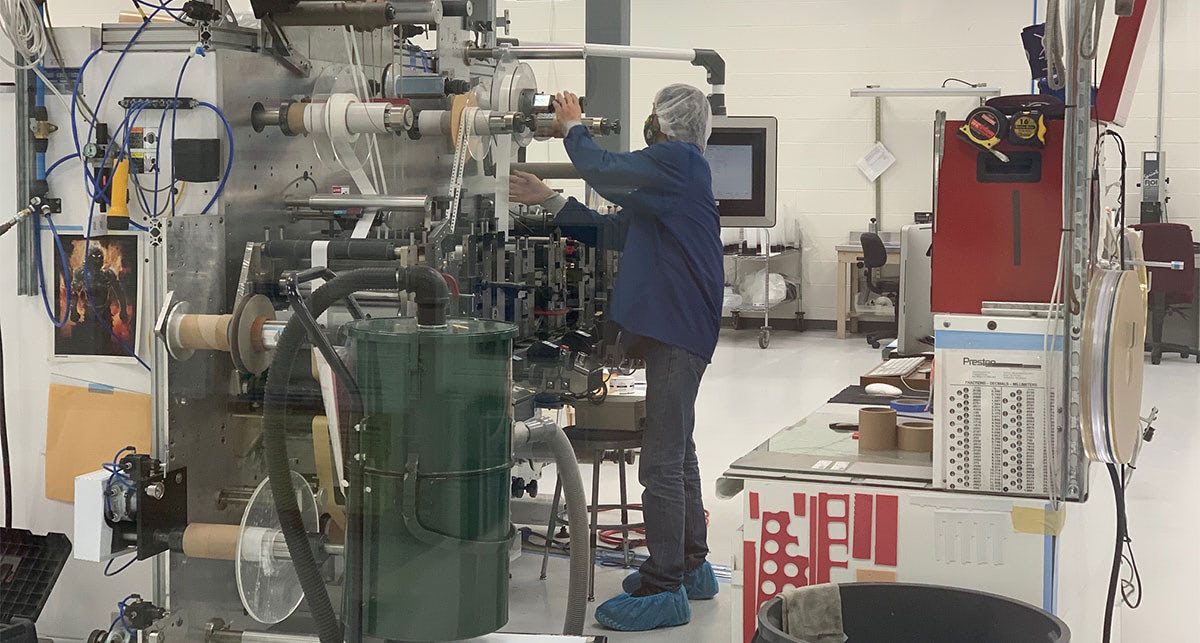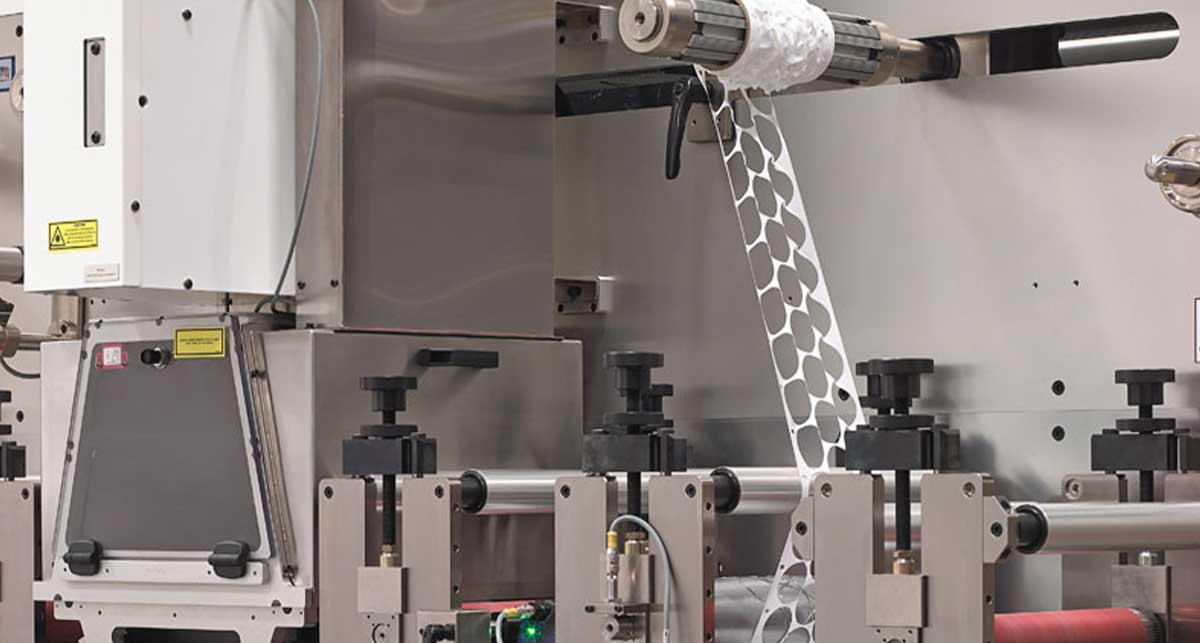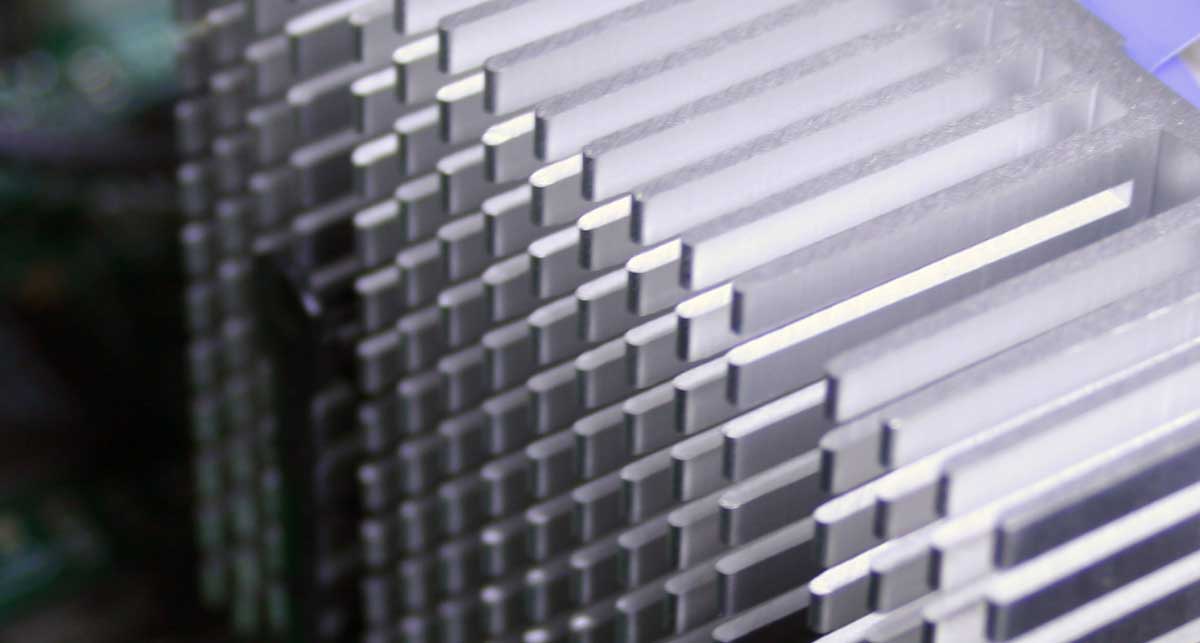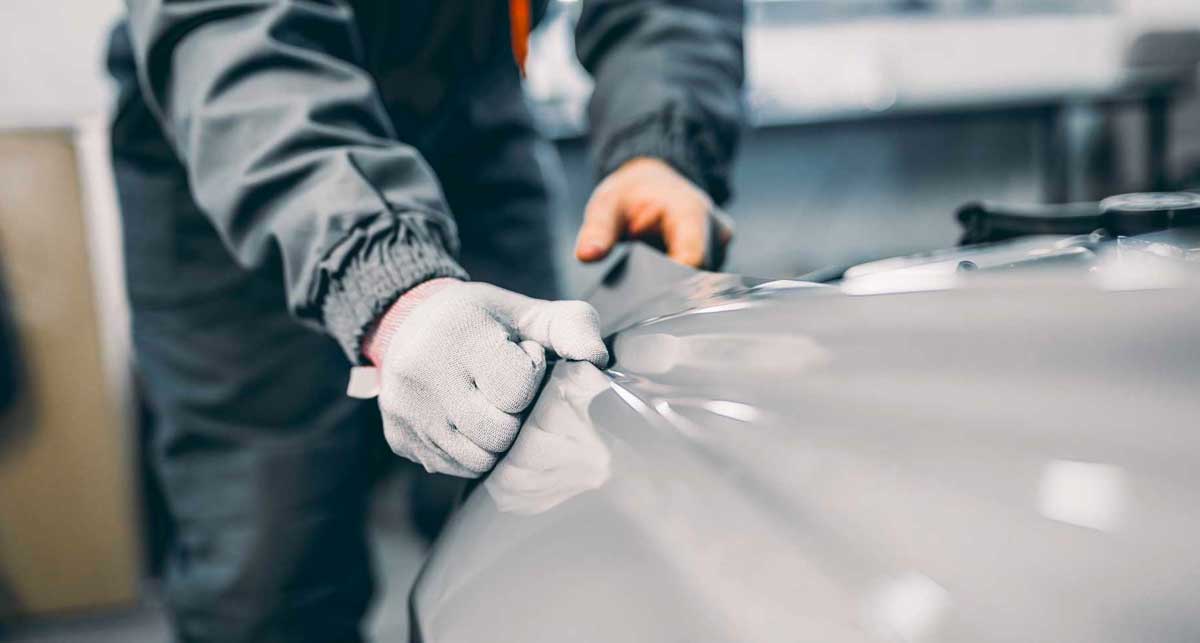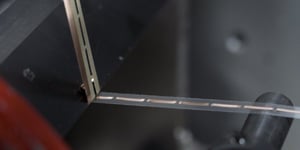Would you stick painter’s tape on your car’s engine? Now that’s a fire hazard. How about the panels of a satellite? It’d burn up before you reached the atmosphere.
Temperature regulation issues can have disastrous consequences for machinery, and although some adhesives can’t withstand heat, many tapes are specially designed to withstand high temperatures.
Having worked closely with aerospace, automotive, and electrical companies, Strouse has helped develop hundreds of heat-resistant components.
Today, we’ll explain why heat-resistant tapes fail and offer a multitude of material options.
What Classifies a Tape as Heat Resistant?
As you may have guessed, “heat-resistant” is a relative term. Most durable tapes can withstand operating temperatures of up to 250-300°F (121-148°C), but once you get up to 400°F (204°C) or higher, you need to start looking at specific materials for high-temperature applications.
Adhesive Requirements For a Heat-Resistant Product
Tapes are only as strong as their weakest link, meaning it's essential to check the heat rating of each product component.
Tapes consist of the adhesive(s) and the carrier/backing(s). If any of the components fail, the tape is compromised. For example, a foil backing that could withstand 600°F might fail at 300°F if the adhesive only withstood 300°F.
Another factor to remember is short versus long-term temperature resistance (minutes/hours vs. days/weeks), which might be as far as 100°F apart when listed on products. Using a tape with short-term resistance might work temporarily and fail over time.
6 Types of Heat-Resistant Tapes
Having worked with a range of materials, we’ve determined that these adhesives are some of the most popular materials for heat-resistant bonding and gasketing. This section will break down these types of tape so you can make the best choice during your material selection process.
| HEAT-RESISTANT TAPE | TEMPERATURE RANGE |
|---|---|
| Silicone Adhesive Tape | -60°F to 500°F (-51°C to 260°C) |
| Polyimide (Kapton) Tape | -103°F to 500°F (-75°C to 260°C) |
| Foil Adhesive Tape | -65°F to 600°F (-54°C to 316°C) |
| Glass Cloth Tape | 500°F (260°C) |
| Polyester (PET) Film Tape | -94°F to 400°F (-70°C to 204°C) |
| Acrylic Adhesive Tape | -40°F to 400°F (-40°C to 204°C) |
1. SILICONE ADHESIVE TAPES
Silicone is considered almost exclusively when you talk about heat-resistant tapes. Silicone adhesives are often used in high-temperature aerospace, automotive, construction, and electrical applications; silicone rubber is used for many high-temperature gaskets.
The bonds of silicone adhesives can typically withstand -60°F to 500°F (-51°C to 260°C), at least for short-term uses. Many tapes can survive short bursts of high heat without long-term applications, so you’ll want to watch for this when perusing different technical datasheets.
2. KAPTON (POLYIMIDE) TAPE
Kapton tape, known as polyimide tape, is often used in aerospace applications due to its extreme heat resistance and insulating properties.
Kapton can withstand temperatures ranging from -103°F to 500°F (-75°C to 260°C), but supposedly it has functioned in temperatures as low as -320°F to 752°F (-196°C to 400°C).
3. FOIL ADHESIVE TAPES
Foil adhesive tapes (aluminum, copper, stainless steel, etc.) are used for EMI and RFI shielding, HVAC sealing and insulation, and packaging.
The temperature performance range of a foil tends to be around -65°F to 600°F (-54°C to 316°C), although the temperature resistance will likely depend on the type of foil you’re using.
4. GLASS CLOTH TAPES
Glass cloth or fiberglass cloth tapes are used for sound insulation, material reinforcement, and more. Like Kapton and foils, glass cloth is extremely high-temperature resistant and can handle elevated temperatures of over 500°F (260°C).
5. POLYESTER (PET) FILM TAPE
Polyester (PET) tape is used for electronic joining, high-temperature masking for powder coating applications, and splicing. Polyester tapes can often last in environments from -94°F to 400°F (-70°C to 204°C) and even higher temperatures with shorter bake cycles.
6. ACRYLIC ADHESIVE TAPES
Acrylic adhesive tape is used for powerful bonding applications in automotive, medical, and many other industries. They are high-strength and flexible components used to replace mechanical fasteners like screws or rivets.
Although acrylic tape can be heat-resistant and reach 400°F (204°C), most of it falls well below that limit. Depending on the tape, the lower limit is generally agreed to be -20°F to -40°F (-28°C to -40°C).
Finding the Best Heat-Resistant Tape
Sourcing the right tape will depend on your unique application, but here are a few simple steps to finding tapes that meet your specifications.
1. CONTACT A TAPE SUPPLIER
Suppliers such as 3M, tesa, Mactac, Berry, etc., can make suggestions based on your application and design requirements. However, these recommendations don’t always account for price breaks due to existing relationships or material manufacturability. That’s where a converter comes in.
2. REACH OUT TO A CONVERTER
Converters can approach your project holistically to create a smoother production process. By using design for manufacturability principles, we can ensure that the material you choose is only as complex (and expensive) as the application demands it to be.
3. TEST YOUR MATERIAL
The last thing our team wants is to ship you 100,000 parts and receive an email titled “[STATUS UPDATE] The parts don’t work…”
If you’re building a heat-resistant product, you’ll want to perform tests to prove your design can withstand the heat once it’s applied. Material testing is crucial in product development, so Strouse will gladly help you acquire sample rolls and test your design through prototypes.
Building a Product with High-Temperature Tape
This brings us to our last factor: cost. However, the cost of tape is highly dependent on the amount you want and the format you want it in.
If you want to build custom high-temperature products, research die cut pricing to determine which factors will affect your price and how your project might scale later.
Ultimately, if you’re hoping to make a product, you’ll want to discuss the material and budget with your converter as soon as possible. Reach out to us so we can help you find the best heat-resistant material.
To learn more about prototyping, converting, and product development, check out our Learning Center.
Originally published: August 15, 2023

